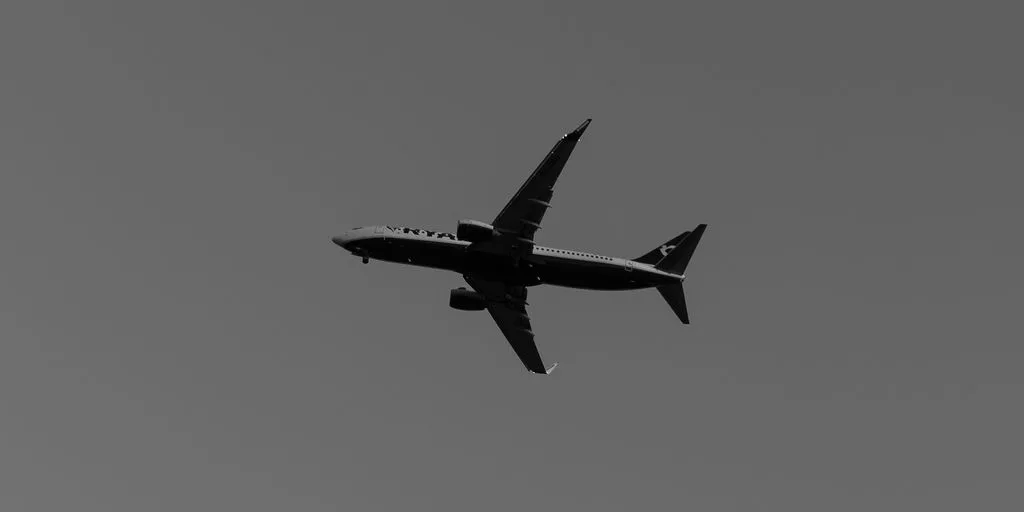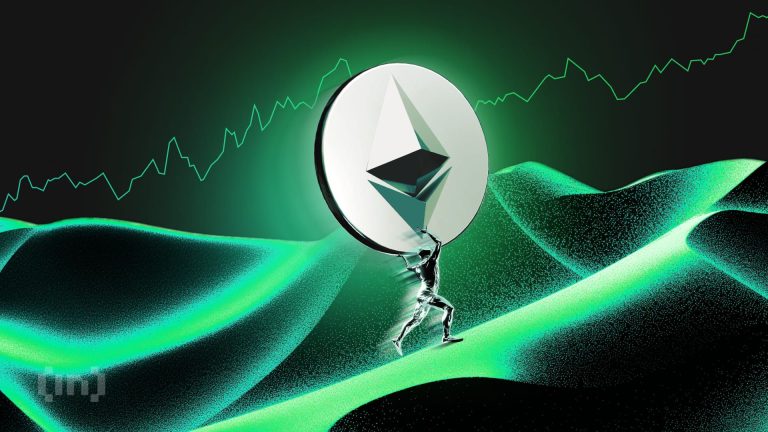
In the vast tapestry of human achievement, the development of aviation and controlled flight holds a special place. It is a story of innovation and the relentless pursuit of the impossible. From the earliest attempts at flight to the cutting-edge technology of modern aircraft, the story of aviation is one of humanity’s greatest achievements. The path from soaring balloons to supersonic jets was rocky, but exciting, to say the least. Fasten your seat belts and expect some turbulence on the way!
Key Takeaways
- The evolution of aviation has been marked by significant milestones, from the Wright Brothers’ first flight to modern-day supersonic jets.
- Technological advancements such as automation, hybrid engines, and advanced materials have revolutionized modern aircraft.
- The future of aviation holds exciting possibilities, including AI-piloted aircraft, sustainable aviation practices, and even space travel.
The Dawn of Aviation
Early Attempts at Flight
In the vast tapestry of human achievement, the development of aviation and controlled flight holds a special place. It is a story of innovation and the relentless pursuit of the impossible. From the earliest attempts at flight to the cutting-edge technology of modern aircraft, the story of aviation is one of humanity’s greatest achievements. The path from soaring balloons to supersonic jets was rocky, but exciting, to say the least. Fasten your seat belts and expect some turbulence on the way!
The Wright Brothers’ Breakthrough
This historic achievement marked the beginning of modern aviation and laid the foundation for the development of aviation worldwide. The Wright brothers continued to test and improve their aircraft and, in 1908, succeeded in making the first controlled and sustained flight in Europe.
Pioneers of the Sky
The interwar period gave impetus to commercial aviation, when companies like Boeing and Douglas started producing planes designed for passenger travel. In 1927, Charles Lindbergh made the first solo transatlantic flight, flying from New York to Paris in his plane, the Spirit of St Louis. Lindbergh’s achievement captured the world’s imagination and ushered in the era of affordable long-distance air travel.
Technological Advancements in Modern Aircraft
Innovations in Aircraft Materials
Aviation is a driving force of global technology development. Engines and aircraft are becoming lighter, quieter, and more efficient. New alloys are discovered yearly, pushing the boundaries of what’s possible in aviation.
The Rise of Automation
Modern autopilots use advanced computer software to control aircraft, making flying safer and more efficient. The progress in electronics development is at its peak, and planes are growing increasingly automated.
Hybrid Engines and Advanced Fuels
Rumors of new hybrid engines and advanced fuels promise increased range and lower environmental impact. The push for hybrid and electric airplanes is reshaping the industry, making aviation more sustainable and eco-friendly.
Emerging technologies like robotics, artificial intelligence, and the internet of things are revolutionizing modern aircraft.
The Future of Aviation

AI-Piloted Aircraft
The future of aviation is set to be revolutionized by AI-piloted aircraft. These planes promise to enhance safety, reduce human error, and optimize flight paths. The middle east’s aviation industry is undergoing a remarkable transformation that promises to reshape the future of air travel.
Sustainable Aviation
Sustainable aviation is no longer a distant dream. With advancements in hybrid engines and advanced fuels, the industry is moving towards greener skies. Expect increased range and lower environmental impact as new technologies emerge.
Space Travel: The Next Frontier
Space travel is becoming the next frontier in aviation. Companies are investing heavily in making commercial space flights a reality. This new era promises to open up the cosmos to everyday travelers, making space tourism a tangible possibility.
Conclusion
The journey of aviation from its humble beginnings to the sophisticated aircraft of today is nothing short of extraordinary. As we look to the future, the possibilities seem endless with advancements in materials, automation, and even the potential for AI-piloted planes. The aviation industry continues to push the boundaries of what is possible, promising not only to enhance our travel experiences but also to make them more sustainable and efficient. For those based in Dubai and beyond, the skies are not just a means of travel but a testament to human ingenuity and the relentless pursuit of innovation. So, as we fasten our seat belts and prepare for the next chapter in aviation, one thing is certain: the sky is not the limit, but just the beginning.
Frequently Asked Questions
What was the first successful powered flight?
The first successful powered flight was conducted by the Wright brothers, Orville and Wilbur Wright, on December 17, 1903, in Kitty Hawk, North Carolina. Their aircraft, the Wright Flyer, flew for 12 seconds and covered 120 feet.
What are hybrid engines in modern aircraft?
Hybrid engines in modern aircraft combine traditional jet engines with electric propulsion systems. This combination aims to improve fuel efficiency, reduce emissions, and lower operational costs. Hybrid engines are part of the industry’s efforts to create more sustainable aviation solutions.
Will AI-piloted aircraft become a reality?
AI-piloted aircraft are currently in development and testing stages. While fully autonomous commercial flights are not yet a reality, advancements in artificial intelligence and automation are paving the way for increased use of AI in aviation. This includes enhanced autopilot systems and decision-making support for human pilots.





